For non-diabetics, wearing a Continuous Glucose Monitor (CGM) isn’t something that is common practice. However, spending over a week wearing one was an invaluable experience, providing insight into how my diet, exercise and lifestyle can affect my blood sugar levels.
A CGM is a small invasive device that is attached to your body and measures the glucose levels in your blood. It can be worn from a couple of days to 2 weeks. For the purpose of testing the mymonX, I wore a Dexcom G7 for 10 days.
In this post, I will review my experience of using a CGM for the benefit of those who want to track their glucose to learn more about their body; I am sure that the experience for someone with diabetes would be very different.
SET-UP EXPERIENCE
As someone who is relatively healthy and in my 20s, blood sugar had never been something that I was necessarily aware of in my day-to-day life. So, when the opportunity arose to test out a Dexcom against the mymonX, I was excited to try out something new and innovative.
One of my worries coming into this experience was the application of the CGM. Unlike the mymonX, CGMs use needles that stay under the skin to measure glucose levels. Although I was assured they were small and relatively painless, the idea of it does not sound very inviting, especially to someone who has never used a device like this before.
Even as someone who has never been particularly bothered by needles the concept of fitting the device myself was daunting. I recruited the help of a friend to apply the device for me. However, after multiple attempts of her trying to apply the device and me pulling away because I was too nervous or the button not seeming to work on the applicator, I reluctantly accepted I may have to do it myself.
I had chosen to apply the device to the back of my arm to keep it out of the way. However, the applicator itself is fiddly and you often do not have good visibility to make sure you are positioning the device correctly. Eventually I plucked up the courage and the applicator sprang into action making a loud snap as the CGM attached to my arm. Surprised by the loud sound it made I did not even notice any pain in my arm.
USER EXPERIENCE
Once the device was on my arm it was a relatively seamless experience, I could not feel it on my arm and there were times that I forgot I was even wearing it.
One small issue I had with the device was that when I slept on that arm the device was not able to take readings properly and I would often get woken up in the middle of the night to tell me my glucose levels were critically low, even if they were not.
Another issue was that the device seemed to drain my phone battery, which was an inconvenience as you have to have your phone on you and charged at all times for the device to work.
Seeing how my lifestyle affected the trends of my glucose levels was more inciteful than I had initially expected. Before this experience, I researched a little into the positives of keeping your glucose levels steady. These include stabilised energy, increased focus, improved sleeping, and a better hormone balance. As someone who has sometimes struggled with these issues (as many have, I’m sure), understanding the physical changes I can make to improve these areas is important to me.
One area I was particularly interested in was my sleeping patterns. I discovered that my glucose levels were surprisingly high during the night (when I wasn’t lying on the sensor!) and realised this was likely worsening my troubles getting to sleep. Research shows that high blood sugar levels before bed can trigger insomnia and increase cortisol and adrenaline levels. Over the course of the 10 days, I began to see a pattern of sleeping better when I ate dinner earlier and had less foods with added sugar in the evenings.
My hunch was confirmed by Dexcom’s analysis of my 10 days, showing my ‘best glucose data’ was on Sunday the 11th. On this day, and the previous one, I had consumed little to no added sugar, fairly low-carb meals and did a decent amount of exercise. My energy levels and mood seemed higher, and I slept better. Whether these improvements can be totally contributed to my more stable glucose levels is hard to say, but there seemed to be a clear correlation and I’m excited to test the theory further.
REMOVAL EXPERIENCE
When the 10 days were over, the Dexcom app sent me an alert to remove (and replace if needed) my device. I must admit, I had been a little worried about this. I had been ignoring the fact that I’d had a needle in my arm for over a week and wasn’t feeling great about removing it.
The process was a little painful, mainly because the adhesive used to keep the patch on needs to be very strong and is more than a little uncomfortable to peel off.Thankfully, I couldn’t feel the needle come out. However, my fears were confirmed a little when I saw the needle. Although no more than a centimetre long, it felt weird to know I’d had it under my skin for so long.
CONCLUSION
Overall, this experience was a valuable one. I can’t say I would wear a CGM regularly going forward but this is not due to the valuable information it gives, but rather the fact that it feels like an extreme process to regularly go through for someone who is young and healthy.


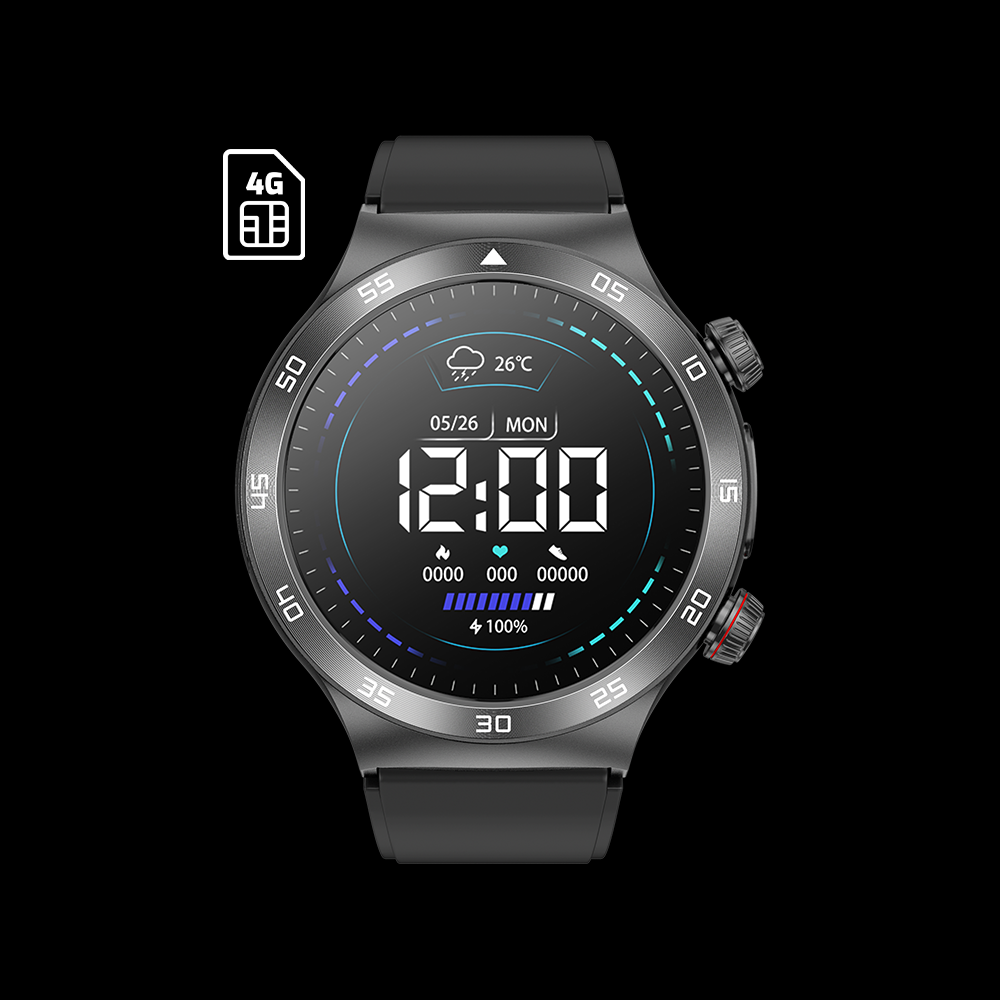
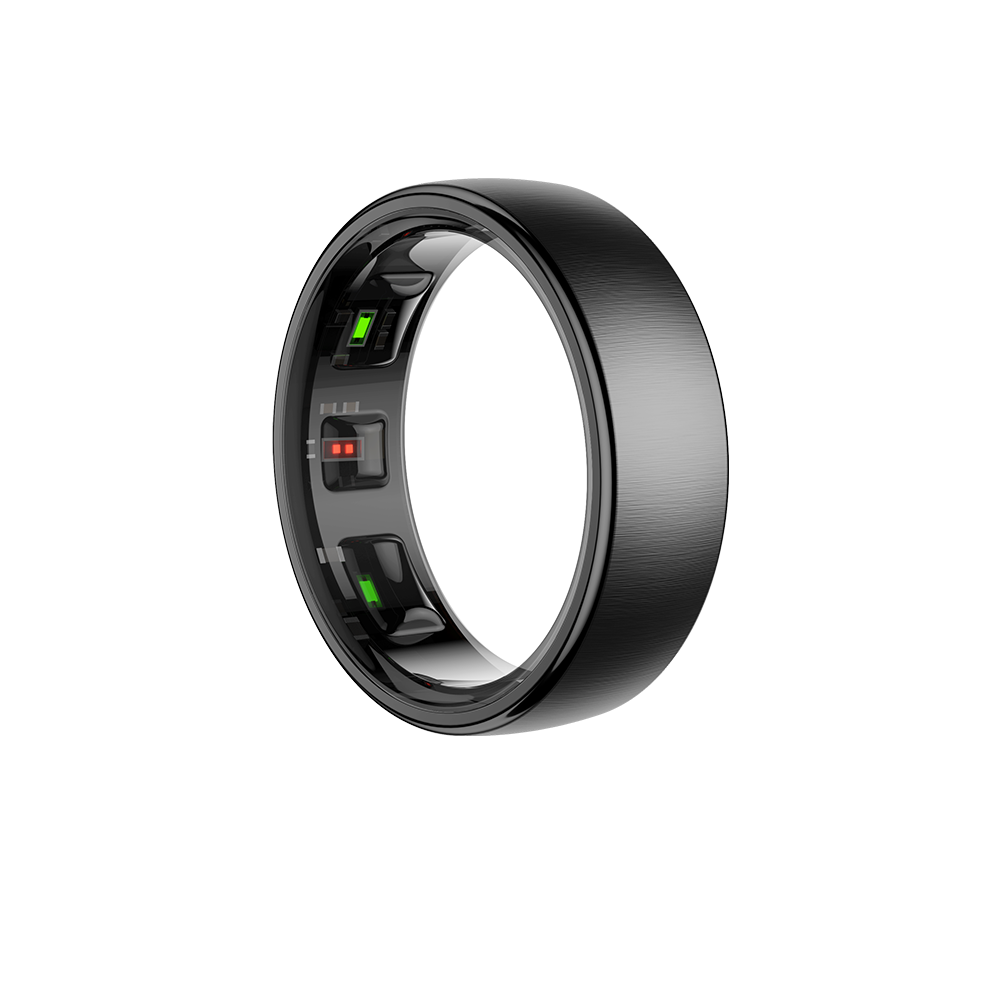
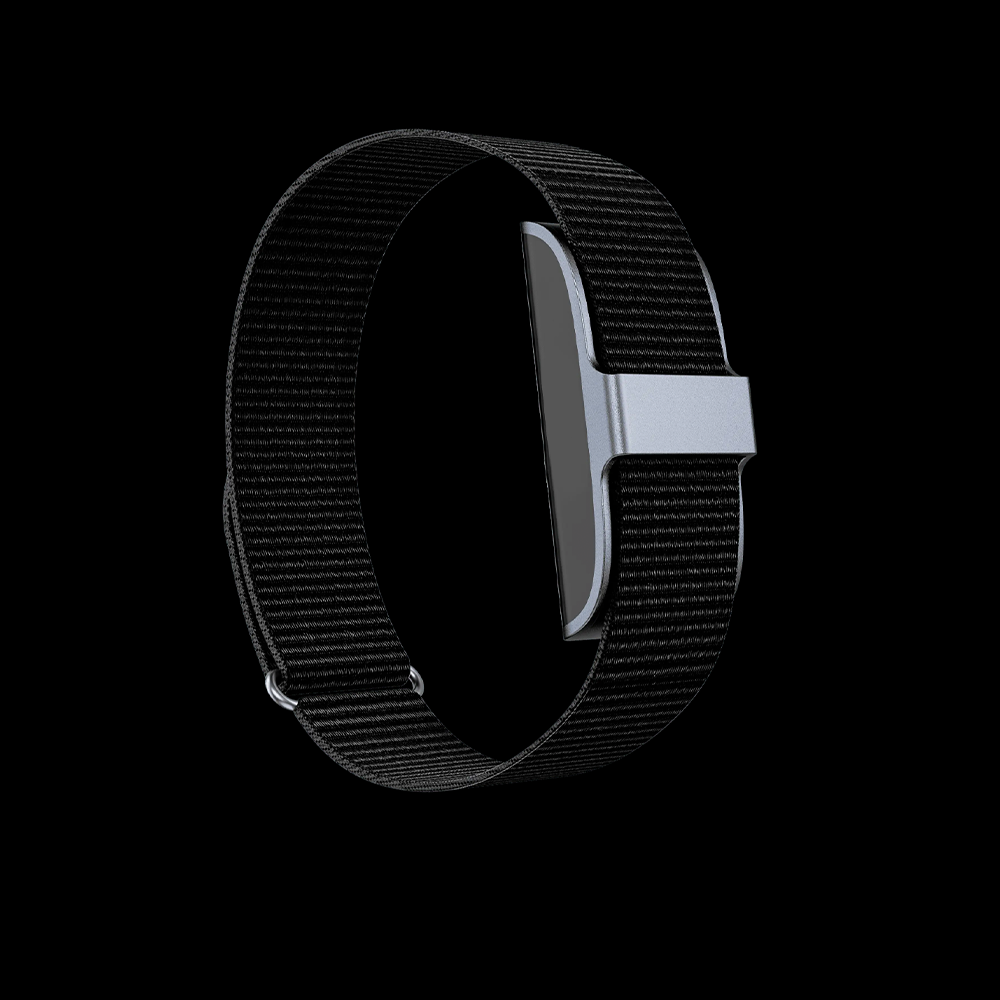
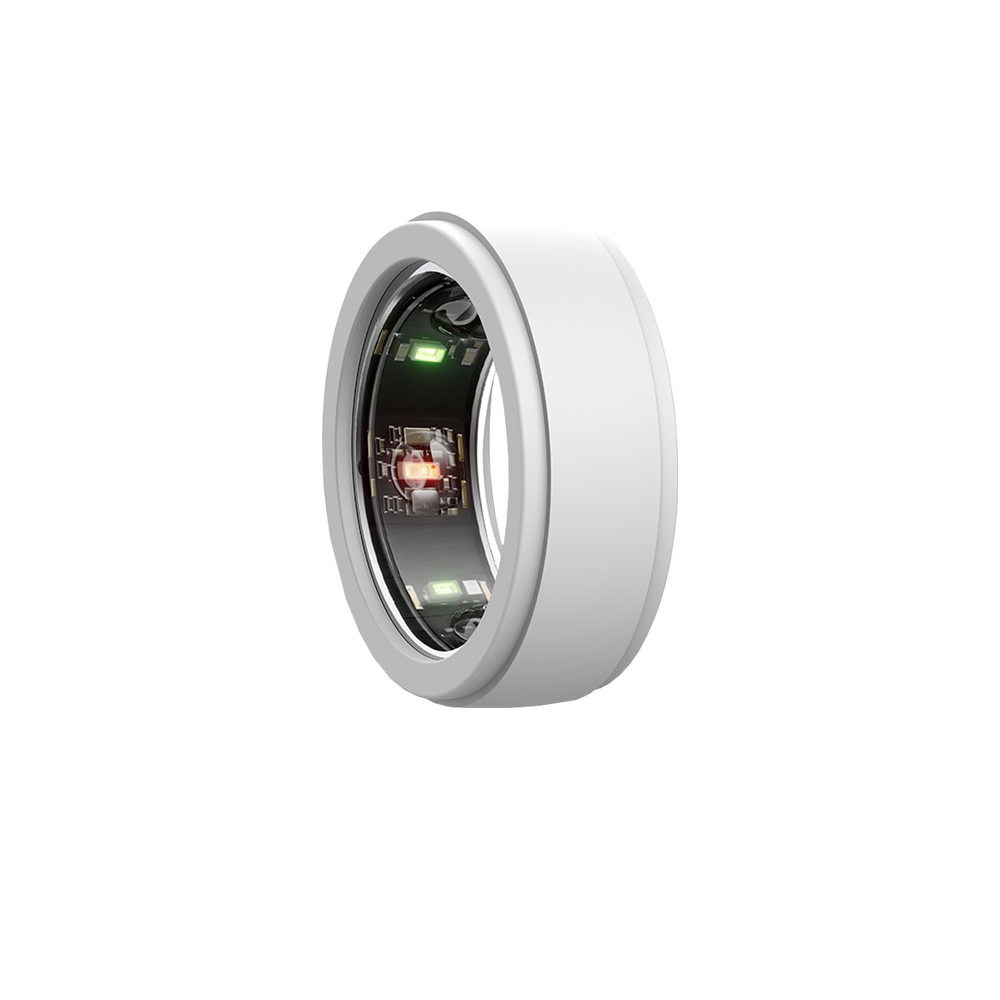
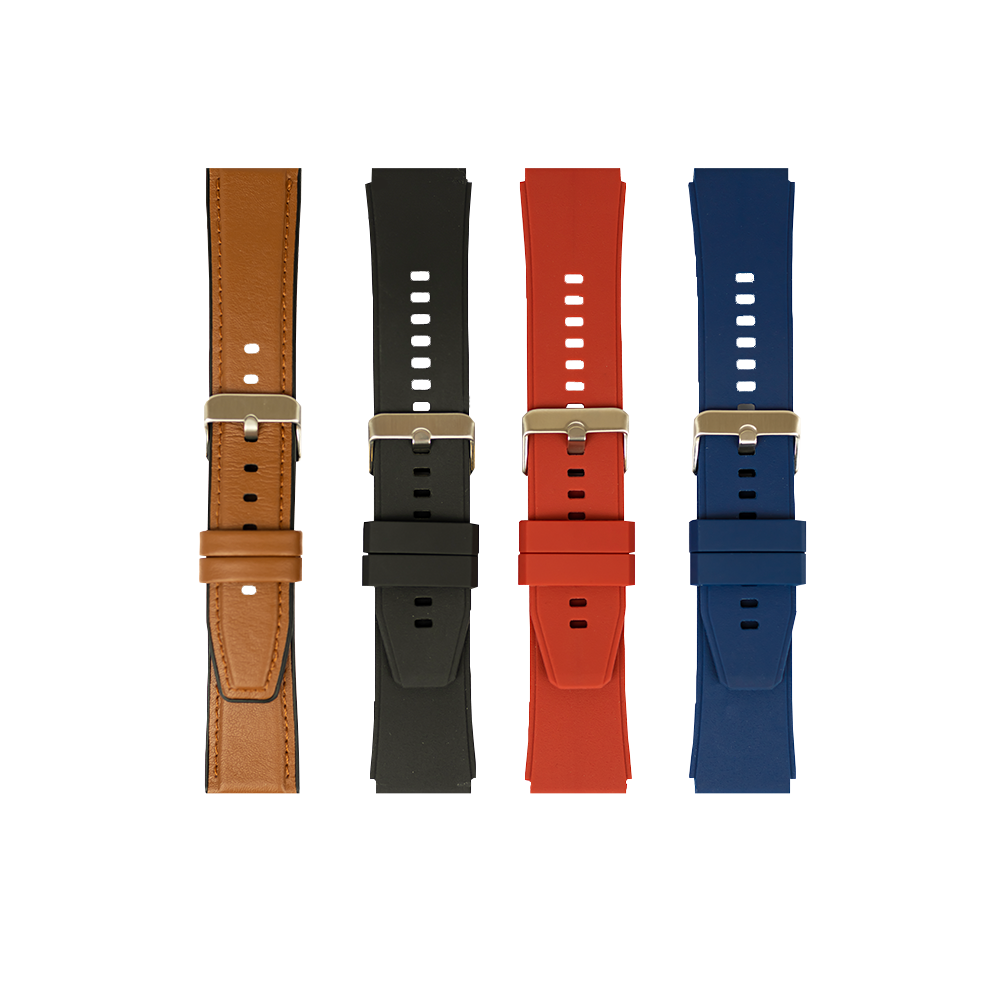
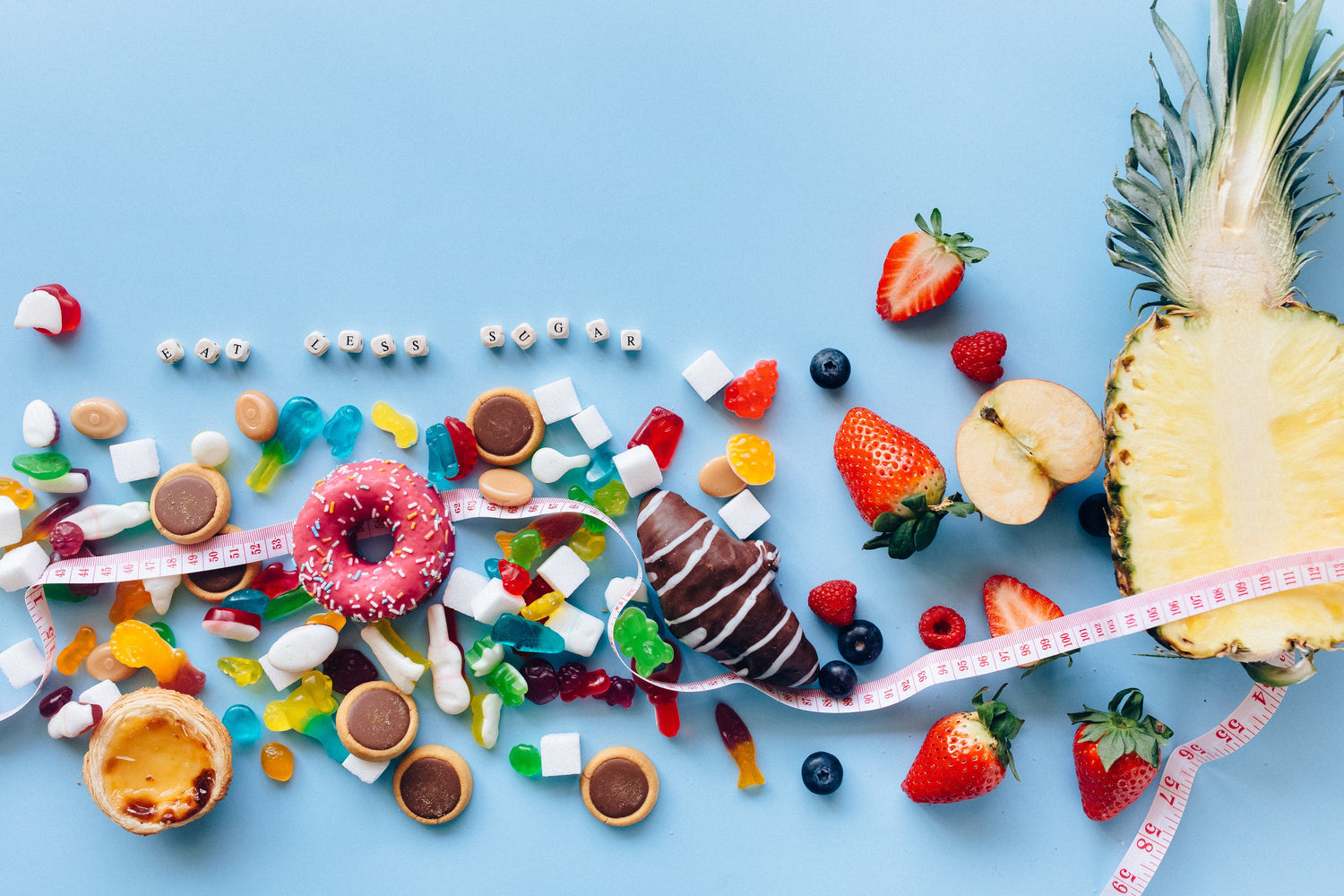

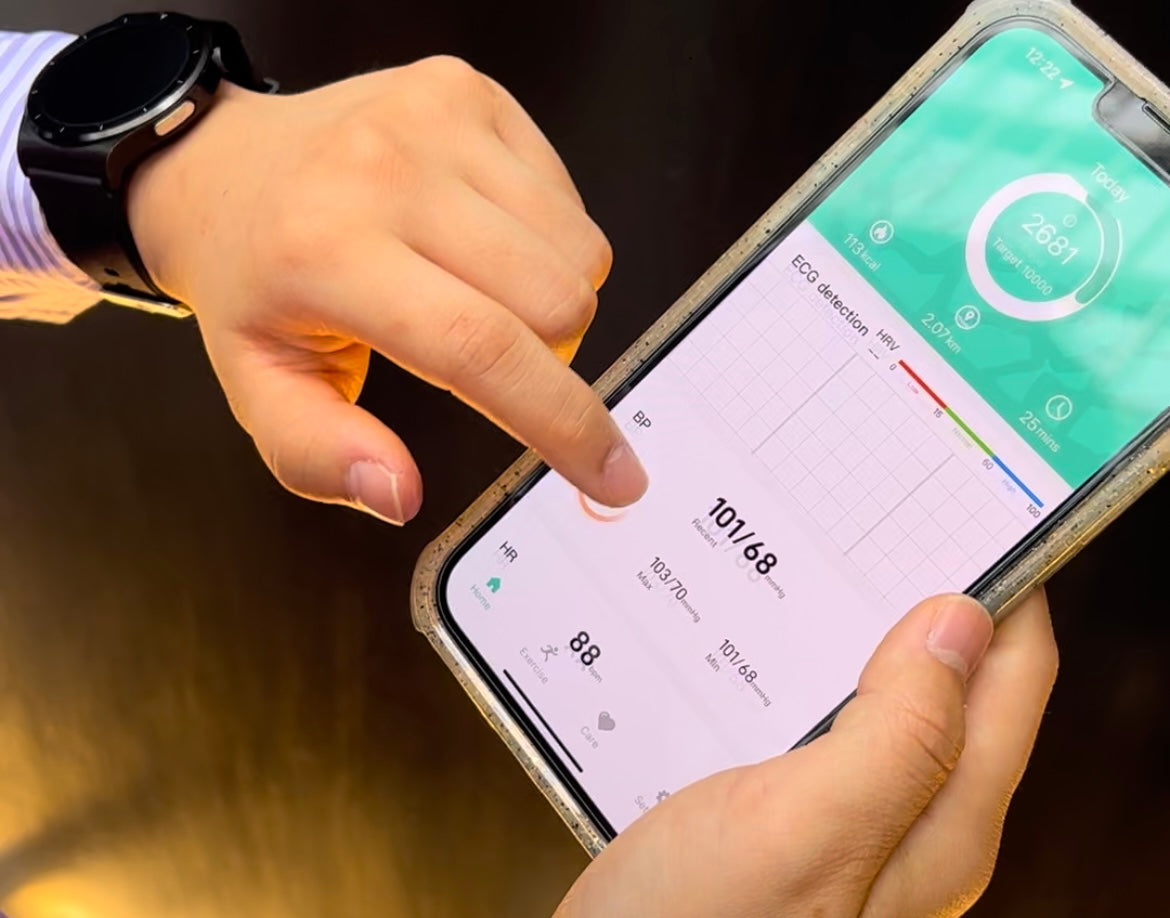
Leave a comment
This site is protected by hCaptcha and the hCaptcha Privacy Policy and Terms of Service apply.